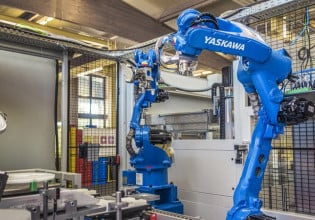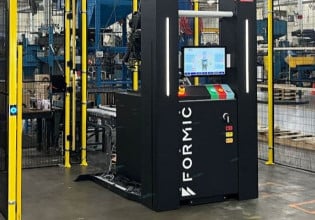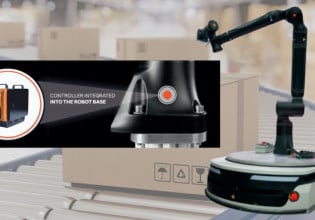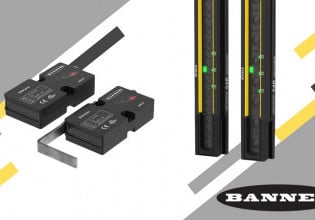Baumer Launches Ultrasonic Sensor for Mobile Machinery in Harsh Conditions
Baumer has designed an ultrasonic sensor that can withstand extreme outdoor conditions, making it suitable for use on mobile machinery in the agricultural and construction industries.
For over seventy years, Baumer has been a supplier of sensors for the automation industry. Its product lines include sensors for object detection, distance measurement, vision, and process automation. Recently, Baumer announced the release of the UF401V, an ultrasonic sensor specifically designed for harsh mobile conditions.
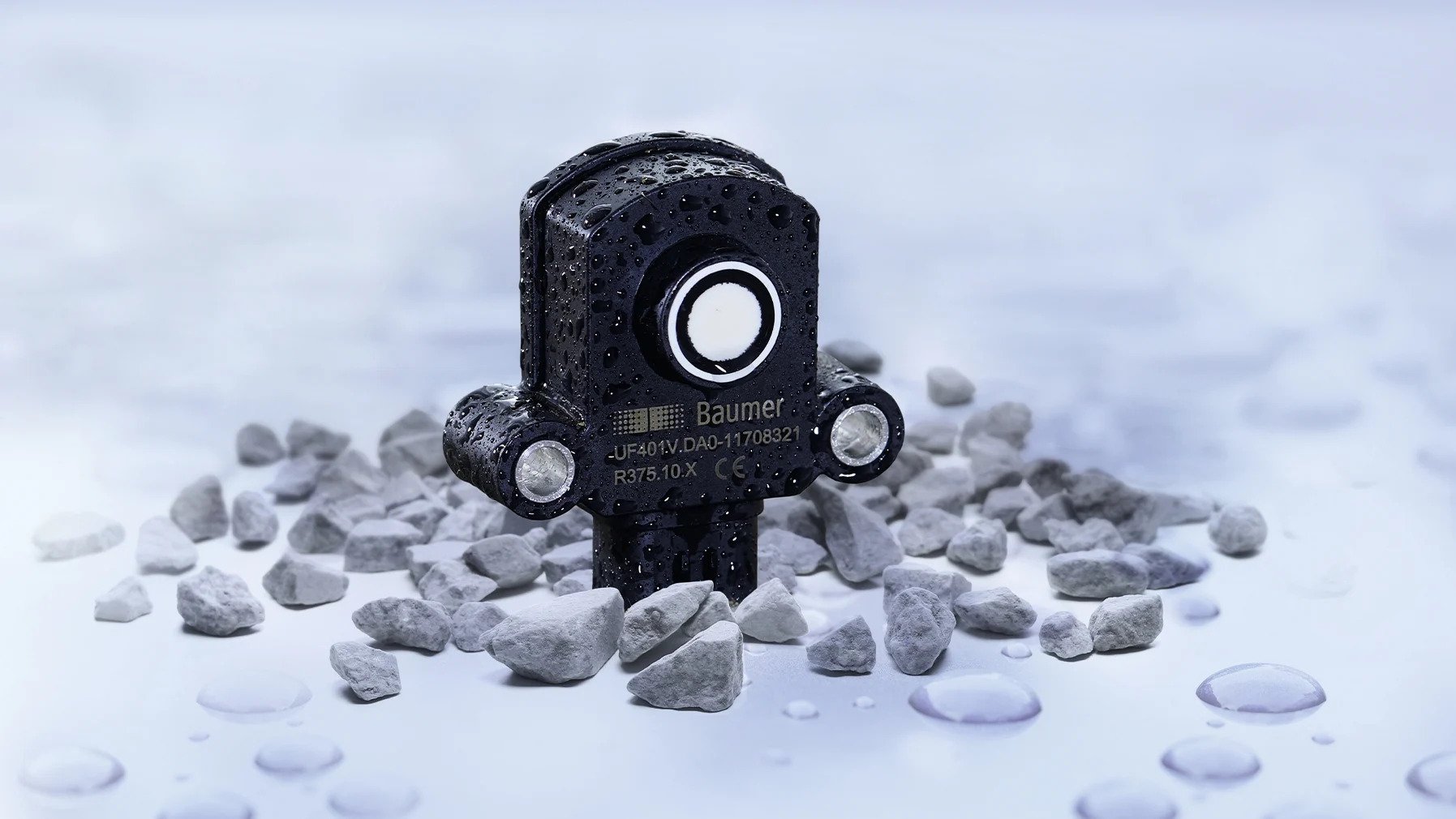
Baumer’s latest ultrasonic sensor is designed to operate on mobile machines in harsh environments. Image used courtesy of Baumer
The UF401V Ultrasonic Sensor
Sensors used in outdoor settings are required to withstand hot and cold temperatures, wet conditions, and dusty environments. Baumer’s new UF401V ultrasonic sensor is specifically designed to withstand extreme outdoor conditions and keep working for years to come. This ultrasonic sensor carries the automotive grade stamp, making it suitable for use on agricultural, construction, and other mobile equipment. The UF401V is also compliant with many ISO and EN standards.
Similar to other ultrasonic sensors on the market, the UF401V can be used for object detection or distance measurement. When used as a distance sensor, the UF401V can suppress signal noise and interference to provide a more accurate distance measurement.
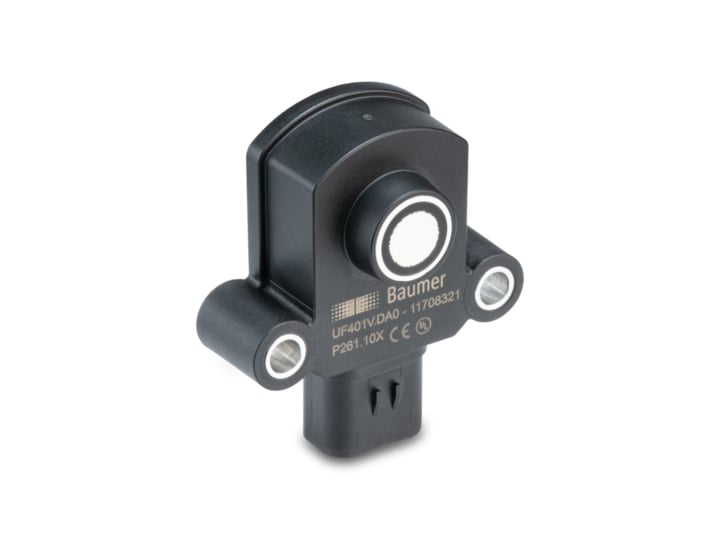
The UF401V features a sensing range of 100 to 1000 mm and can operate in temperatures of -25 to 70°C. Image used courtesy of Baumer
Robust and Reliable
Baumer has ensured the UF401V's robustness by performing extensive testing, such as thermal shock, moisture and salt spraying, vibration, and dust and dirt tests. The sensor has also been tested for function at temperatures ranging from -25 to 70°C.
The UF401V is available in two models. Both models have a sensing range of 100 to 1000 mm and output 0.5 to 4.5 VDC. Each of these models uses a standard off-highway connector that is typically found with automotive sensors. The models differ in response time and background suppression. The P034 model can suppress background noise for a more accurate distance measurement. This feature is important when using the sensor in an environment such as long grass or other plants that might obstruct the ultrasonic sound wave. The standard model comes with a fast response time for quick reaction of objects.
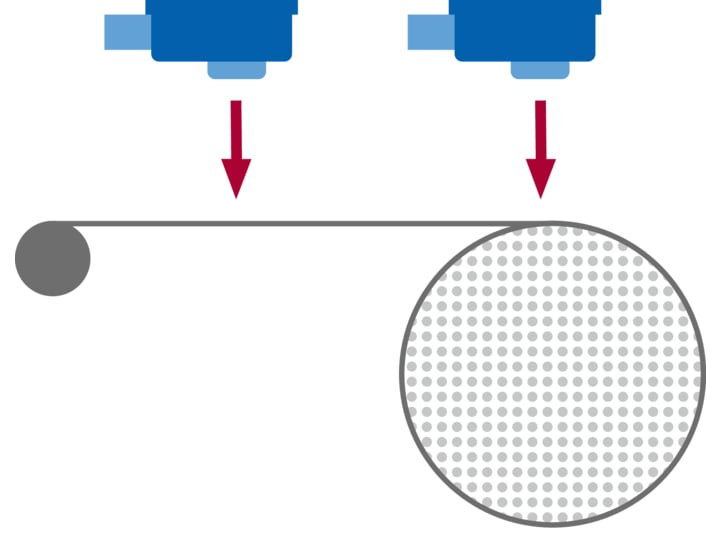
The UF401V can detect the presence of bales and bale film. Image used courtesy of Baumer
Sensors in Agriculture
Most cars today come fully equipped with multiple non-contact sensors used when the automobile is in reverse. The UF401V isn't just for common automobiles; it was designed to detect bales and bale film in harsh environments. Once the bale is within range, the sensor can also be used to determine the bale's dimensions.
With the UF401V being tested for vibration, it can be mounted near or on hydraulically actuated components. With the UF401 being an ultrasonic sensor, it can also be used for level detection or ground height measurements. The sensor's body provides a flat surface and two large reinforced mounting holes. These features make the UF401V easy to mount and integrate into virtually any mobile control system.

The UF401V can detect the distance to the ground. Image used courtesy of Baumer
Sensors in Construction
The construction field is becoming just as automated as any other industry. With sensors like the UF401V, construction equipment can measure how far hydraulic attachments are being extended, reducing the guesswork with hold digging. The UF401 can also measure the distance to the ground from a fixed location in real time. When this information is fed back to a control system, drivers can be alerted to uneven ground or even prevent rollovers.

